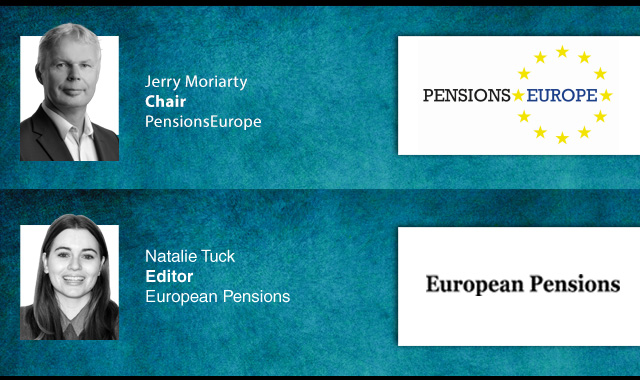The number of Finns starting to receive a partial old-age pension rose to 31,000 in 2024, according to research by the Finnish Centre for Pensions (ETK), the second highest number on record and 10,000 more than the previous year.
The research showed that every third person born between 1959 and 1961 covered by the earnings-related pension scheme has already received a partial old-age pension.
Despite the partial old-age pension being introduced in 2017, it has only recently become popular with the public, and this interest is growing year by year.
ETK development manager, Jari Kannisto, explained that pension applications were spread evenly throughout the year, compared to 2022 and 2023, where the partial old-age pension was particularly in demand towards the end of the year due to unusual index developments.
“Finns have now become familiar with the benefits of this pension option,” he added.
However, ETK said the weak economy is also likely to contribute to the growing popularity of the partial old-age pension.
“Rising unemployment, redundancies and the inflation of recent years. These factors are driving older people to seek additional income through the partial old-age pension. The need for money is increasing,” he said.
The partial old-age pension is often taken immediately after reaching 61, but its popularity varies in different regions of Finland. The further north you go in Finland, the more common the partial old-age pension becomes.
By the end of 2024, 71,000 partial old-age pensions had ended – the same number as those in effect at the end of 2024. Most of these pensions ended when the full old-age pension started.
“The popularity of the partial old-age pension has grown rapidly. The number of people receiving a partial old-age pension is now more than double the number in 2021,” Kannisto noted.
The research also highlighted that the proportion of those reducing their working hours is increasing, as in 2024, almost 90 per cent of those who received a partial old-age pension were employed before receiving the pension.
Of these employed persons, 90 per cent were still working at the end of 2024, which was the case in previous years. However, some people who took their pension reduced their working hours.
“Wage data suggest that almost half of those who opted for the partial pension reduced their working hours,” Kannisto said.
“The proportion of those reducing their working hours has increased significantly. Last year, the average earnings of those who opted for a partial old-age pension fell slightly below the average earnings of others of the same age who continued to work.”
However, ETK said that the impact of the partial old-age pension on the length of Finnish working careers remains “unclear”, but it seems that one third of those who have opted for the partial old-age pension now continue to work beyond retirement age.
The research indicated that four out of five partial old-age pensions started last year were at the 50 per cent level, with the average pension amounting to €840 a month.
However, Kannisto warned people drawing partial pensions should be aware of the impact of this action.
“Remember that you are eating into the bread of your later years. Last year, for example, the maximum early withdrawal period for the youngest age group was four years,” he said.
“This maximum period for early withdrawal meant a one-fifth reduction in the pension portion taken early. This reduction will permanently reduce the final pension.”
Latest News
-
Looking back: A year in review
-
Looking back: The most read stories of 2025
-
SNS Reaal delays transition to new pension system due to admin capacity
-
France’s ERAFP awards three SRI mandates for EM credit bonds
-
News in brief: 23 December
-
Cross-border IORP activity remains stable in EEA, EIOPA report finds
Podcast: Stepping up to the challenge

In the latest European Pensions podcast, Natalie Tuck talks to PensionsEurope chair, Jerry Moriarty, about his new role and the European pension policy agenda
Podcast: The benefits of private equity in pension fund portfolios

The outbreak of the Covid-19 pandemic, in which stock markets have seen increased volatility, combined with global low interest rates has led to alternative asset classes rising in popularity. Private equity is one of the top runners in this category, and for good reason.
In this podcast, Munich Private Equity Partners Managing Director, Christopher Bär, chats to European Pensions Editor, Natalie Tuck, about the benefits private equity investments can bring to pension fund portfolios and the best approach to take.
In this podcast, Munich Private Equity Partners Managing Director, Christopher Bär, chats to European Pensions Editor, Natalie Tuck, about the benefits private equity investments can bring to pension fund portfolios and the best approach to take.
Mitigating risk
BNP Paribas Asset Management’s head of pension solutions, Julien Halfon, discusses equity hedging with Laura Blows
© 2019 Perspective Publishing Privacy & Cookies







Recent Stories